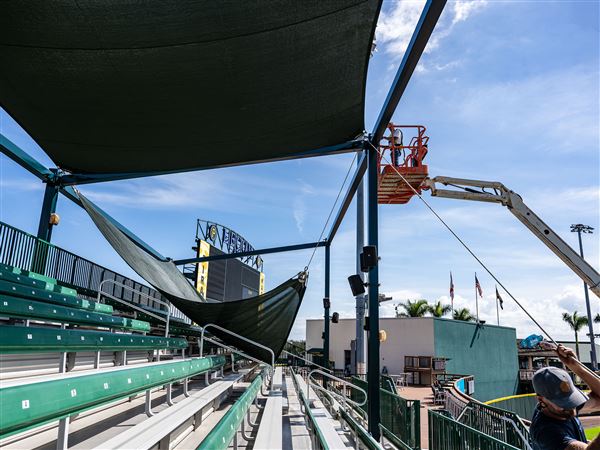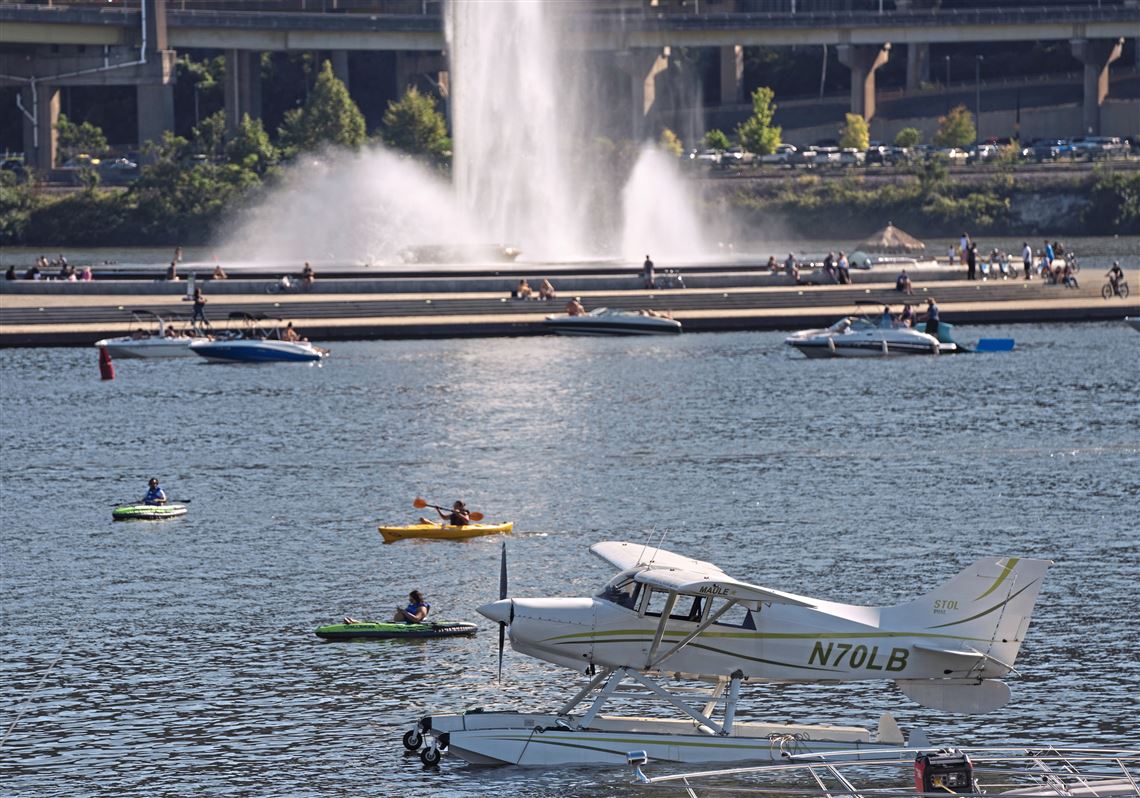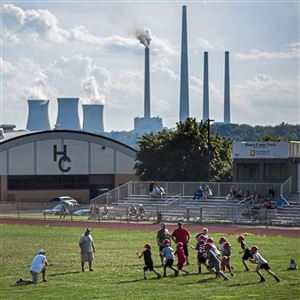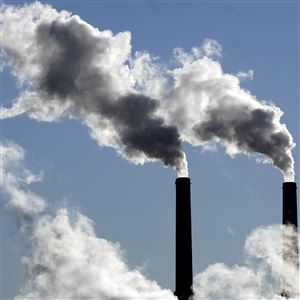His June 1941 letter to the editor the Pittsburgh Bulletin Magazine was titled imply “Stream Pollution.” John E. Koruzo, a member of the Special Committee on Sewage Disposal for Allegheny County, described Pittsburgh's ghastly river pollution.
“Allegheny County,” he wrote, “is a community distinguished because its sources of domestic and industrial water supplies are three large sewers called the Monongahela, Allegheny, and Ohio Rivers. ... 855,000,000 gallons of domestic sewage are cumulative at Pittsburgh's historic point every 24 hours, depositing 6,000 tons of organic solids along (their) beds.”
He noted how river pollution was holding back Pittsburgh’s progress and quality of life. “The sludge accumulations on the beds of our streams range from 4 inches to four feet and are very much in evidence in low flow periods.”
They were worse than ugly. “Aside from aesthetic consequences, these sludge banks detract from general municipal appearances, interfere with water purification practices, cause heavy maintenance to municipal and private river improvements, allow no stream recreational facilities, increase river transportation operation costs, maintain constant sources of bodily infection, and lower marginal river real estate values.”
The deplorable condition of Pittsburgh's rivers in the first half of the 20th century seem almost unfathomable today, especially for those like me who were born after the passage of the Clean Water Act. It's hard to imagine pollution from industry and domestic sewage freely discharging into local streams and rivers 24 hours a day, 7 days a week, 365 days a year.
To be fair, it wasn't just Pittsburgh. Major rivers and streams throughout the nation were in a state of wretchedness due to pollution. The Cuyahoga River in Cleveland caught fire 13 times, at least once each decade, proceeding its most famous fire, one featured in an 1969 edition of Time Magazine.
It was the same for the River Rogue in Detroit, the Schuylkill River in Philadelphia, Buffalo River in Buffalo, and Potomac River in Washington, and many others. All these rivers were essentially open sewers and each caught fire in modern industrialized history.
The Federal Pollution Control Act of 1948 and its subsequent amendments, often referred to together as the "Clean Water Act," is perhaps the most important pieces of government regulation for drastically improving the quality of life for citizens in Pittsburgh and America in general.
Prior to these laws, fishing and recreational activities in our three rivers was non-existent. It was an open sewer, after all. By all accounts, the river was devoid of aquatic life, due to the lack of oxygen from sewage and industrial discharge. Swimming in the rivers, such as the one that now occurs annually at the polar bear plunge into the Mon, would have been even more insane.
Now we have river regattas, tailgate boating next to the stadiums on game day, jet skiing, and regular sport fishing. One of the more recent phenomena is the unbelievable numbers of annual mayfly hatches have returned to our rivers signaling a river ecosystem working to repair itself.
This is not to say everything is perfect. We still have a long way to go in addressing pollution. A big remaining problem is sewer overflows into the river during heavy rains.
To illustrate how the Clean Water Act works, I’ll give an example from my profession, civil engineering. The act guides almost everything we do and touches just about all engineering disciplines.
A civil engineering practitioner will likely have needed to design a bridge across a stream, or affect a wetland with a new pipeline, or design a sewage pump station to not overflow, or stabilize a stream bank, or install a new stream culvert, or permit a MS4 outfall, or design a treatment facility at an industrial or municipal plant. The list goes on.
One of the most common regulations we encounter is the Section 404 permit, which governs what we do when our work affects adjacent streams or wetlands. For example, I recently worked on the design of a new sewer system that had to cross a stream to get to the treatment plant.
Section 404 ensured that any negative impacts on the stream, adjacent wetlands, and aquatic life are kept to a minimum. It also ensures that at the end of the project, we clean up any mess made and restore the affected area. The process of getting the permit ensures that engineers all play by the same rules when working in places like these.
Thankfully we have the Clean Water Act to ensure that our rivers and streams are protected and the citizens of this nation no longer have to witness sludge filled rivers catching on fire.
Tom Batroney is the Pittsburgh section president of the American Society of Civil Engineers. In celebration of the anniversary of the Clean Water Act, ASCE Pittsburgh and regional partners will be hosting a Clean Water Festival on Saturday, Oct. 15, in Millvale Park.
First Published: October 14, 2022, 4:00 a.m.

















